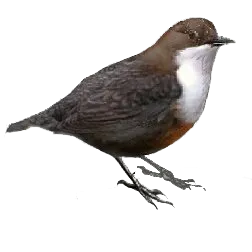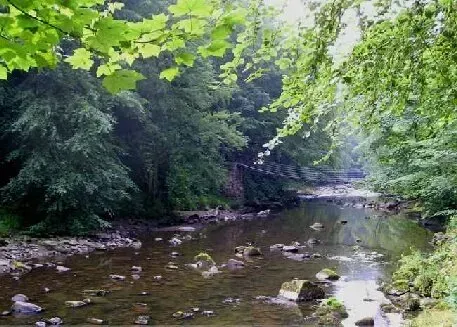Creswell Ponds
Formed since 1958 as a result of mining subsidence,Cresswell ponds are comprised of one large brackishwater-lagoon (the only permanent brackishwater-lagoon on the Northumberland Coast) and two smaller fresh water areas.
Coastal Gem
The main pond is connected to the sea by a short outfall stream which allows an in-flow of sea water leading to variations in both water levels and salinity in the lagoon during some high tides.The reserve, which is owned by Alcan Farms is a SSSI and is managed by the Northumberland Wildlife Trust. It is one of several reserves which lie behind the sand dunes of Druridge Bay and by combining this site with nearby East Chevington, Druridge Bay pools & Country Park,Hauxley, the river Coquet and Coquet Island it is possible to plan a superb and varied birdwatching outing.Druridge Bay remains a beautiful and natural landscape and is now the site of a Harvest Mouse Release Programme run in conjunction with Northumberland Wildlife Trust and Newcastle University. As with all coastal lagoons Cresswell is interesting at all times of the year but especially at times of migration.
Spring: passage waders such as whimbrel, little ringed plover,avocet, ruff, black-tailed godwit, yellow Wagtail, Terns and rarities.
Autumn: little stint, greenshank , curlew sandpiper, Green Sandpiper, rarities such as White-rumped,Pectoral and Buff-breasted Sandpiper, long-billed dowitcher (inset), black-headed wagtail and countless others have all been recorded.
Winter: large numbers of wintering wildfowl, snow bunting , shore Lark and lapland bunting to the dunes, Divers and Grebes on the sea.
Birds you may hear at Allen Banks
Allen banks is best visited in April / May where songbirds will be vocal and therefore easier to see. All common woodland birds are joined in spring by summer visitors including Pied flycatcher and Common redstart.



